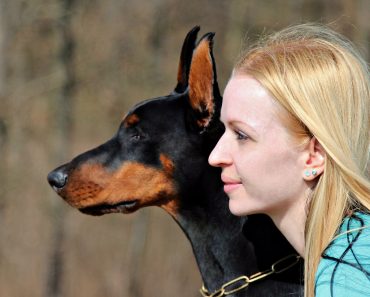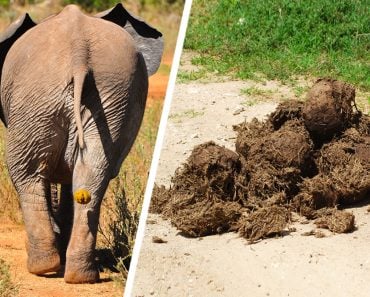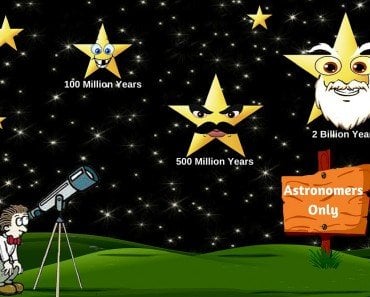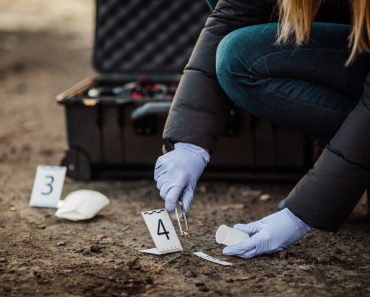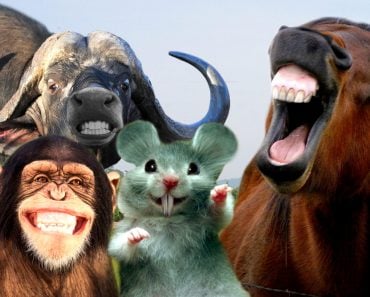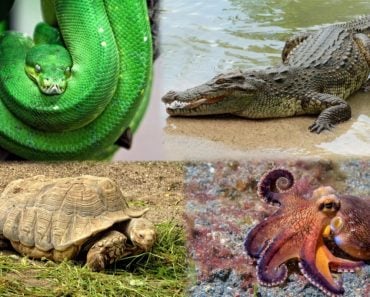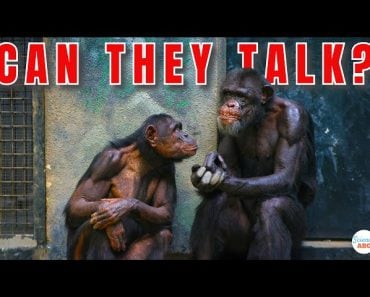Table of Contents (click to expand)
Techniques such a teeth analysis, fur analysis, skin test, and visual cues assessment are practiced by scientists in order to estimate the age of animals.
Have you ever wondered, how old is your Persian cat that sits on the couch like royalty? Or do you know when exactly Bruno was born? I’m sure you must be thinking to yourself that how does it matter? Because for you, Bruno is happy irrespective of when his birthday is celebrated.
However, when it comes to scientists, the age of an animal is of importance. Especially for scientists studying any aspect of the ecosystem and its interaction, knowing the age of the animal in study becomes very crucial. Easier said than done.
Although wanting to know the animal’s age might sound like a simple idea, it isn’t so. Age is just not a number when it comes to animals because different animals age differently. This is one of the major obstacles posed in front of scientists and thus there is no uniform age-grading method that is generalized to all animals. However, there are some general cues that help in estimating the age of an animal to quite an extent.
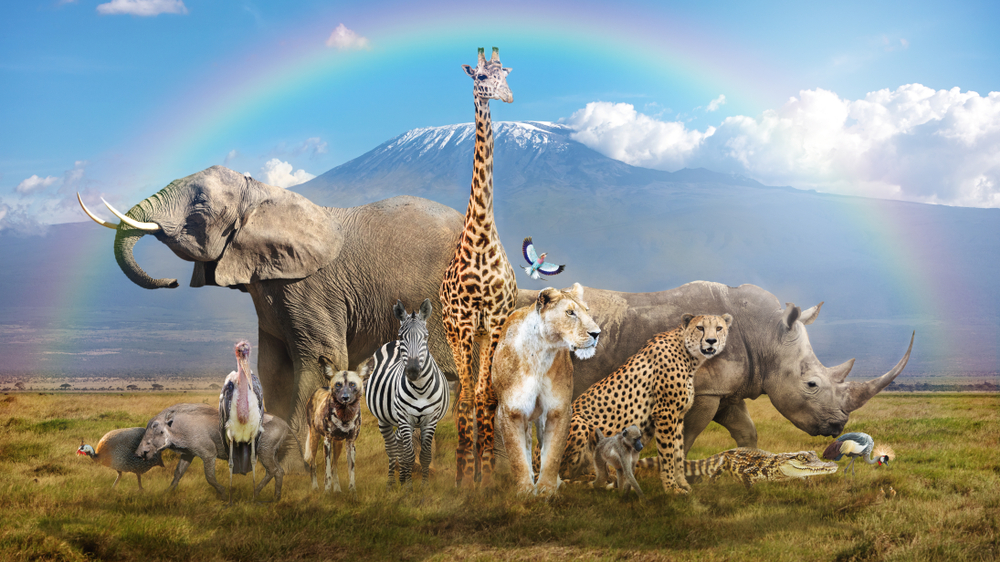
Recommended Video for you:
Why Do Scientists Need To Know Animals’ Age?
Before we jump into the idea of ‘age-determining’, let us address an important question: Why do scientists need to know the age of an animal in the first place? Knowing the age of an animal is of prime importance when studying biodiversity, or ecosystems at large. Global warming, extensive human activity, increase in pollution leading to the destruction of animal habitat has led to an increase in the number of endangered species. Thus, scientists are aiming at studying animal populations very closely in order to curb the risk of animals going extinct. This can be done by maintaining a significantly healthy population of those animals.
For the same, scientists need to know the number of (sexually) mature organisms that are capable of reproduction, in that particular animal population. Not just this, but scientists also keep a tab on the number of juvenile organisms who will reach maturity. These animals will then be able to reproduce in the near future, ensuring a thriving population of that particular species. In such cases, knowing the age of animals becomes very crucial.
How Do Scientists Evaluate An Animal’s Age?
Now that we know why the age-determining of animals is carried out, let us now understand how it is done. Zoologists oftentimes take X-rays to examine the animal skeletal structure. Bones have several growth markers and the condition of the bones could also tell approximately the age of the animal. Teeth are also very helpful in determining the animal’s age. In some animals, adult teeth appear at a certain age. Thus the presence of adult teeth could point out the age of the animal. Like bones, the condition of the teeth can help in determining the age. Decayed and worn out teeth indicate advanced age.
Flange
Scientists also look for characteristic features. For example, in orangutans, scientists look for a feature called the ‘flange.’ The flange or cheek pads are present in sexually dominant males. The flange sags as the orangutan ages. However, this method of determining the age of the orangutan isn’t rock-solid as there are male orangutans who don’t have flanges.
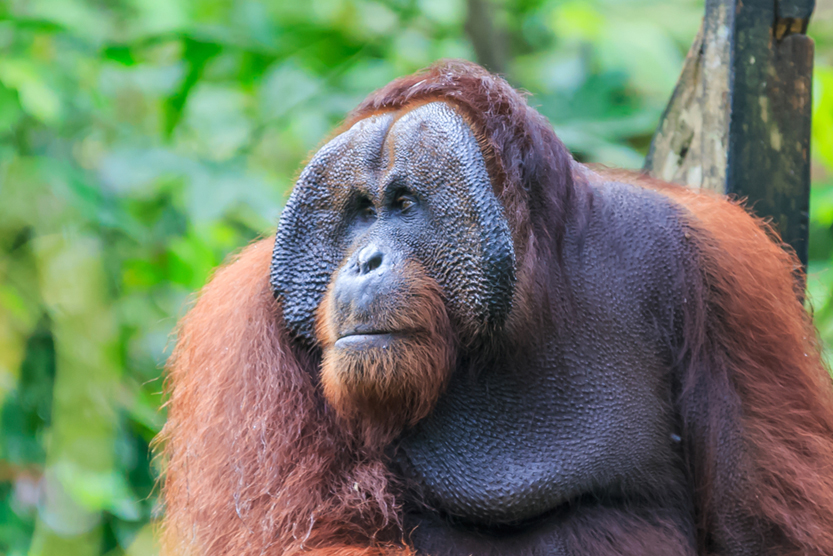
Skin
Skin also helps as a major cue. Like us, some animals also wrinkle with age. Since female orangutans don’t develop flanges, the wrinkles on their skin can give away their age. Lucky for us, there are no anti-aging creams available in the animal kingdom!
Fur
For those animals that have fur, their coat can help in determining their age. In dogs, the muzzle gets grayer with progressing age. When it comes to cats, the fur becomes dull and brittle over time. This holds true for all cats, ranging from house cats to big cats in the wild. As they grow older their fur coats become less shiny. But scientists cannot rely on less lustrous fur coats alone.
Eyesight And Hearing
Thus they take visual cues from the animal’s body condition. Muscles become less toned as animals age. The ribs become prominently visible in aged animals. Older animals have pronounced movements due to deteriorating hearing and visual capabilities.
Impaired eyesight and hearing also indicate the progressing age. Strong cues are seen when it comes to dogs, as cloudiness is observed in their eyes as they progress with age. However, white circles are seen around a young orangutan’s eyes which disappears post-weaning. Thus it is said that there is no standard way to determine the age of all organisms. It changes from one organism to the other.
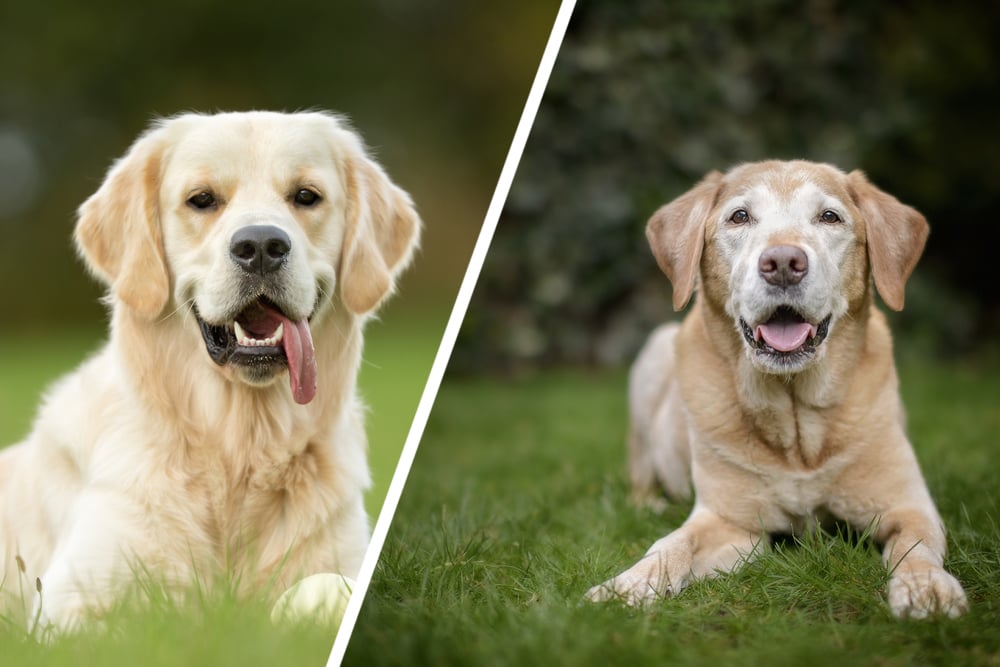
Otoliths
Dead fish give away their age as easily as possible owing to their tiny ear bones called otoliths. Otoliths have annual growth rings like that of trees which can be counted in order to know the age. The age of clams can be determined by counting the annual rings too. But there is no current method that has been formulated which could help in finding out the age in live fish.

What do think about the octopus? How is its age determined? Well, the age of those big sea creatures are very difficult to determine as they have no bones. Initially, scientists thought that they could make judgments depending upon the size of the octopus. But size as a factor is subject to change and hence this method of assessment proved unreliable. While the age of various species of squids and cuttlefish, close relatives of octopuses, are determined by the daily growth increments within their statoliths (analogues to fish otoliths), the same cannot be done with octopuses. This is because octopus statoliths are fragile structures with no visible growth increments.
Octopus beaks were taken into consideration for calculating their age. However, the beaks being used for feeding makes them prone to wearing out and eroding. This could lead to miscalculation of age. The most appropriate method for octopus aging to date is the Stylet increment analysis (SIA). In this method, the ‘stylet’ (the hard part of the mantel) of the octopus helps in determining its age.
Novel Prospects For Animal Age-determination:
In current times, where scientists are constantly analyzing the planet’s biodiversity, marking endangered species, and studying animal population growth, knowing the exact age of animals is of utmost importance. For the same reason, scientists have come up with what is called ‘skin test.’ The test detects pentosidine (a chemical in the body), which is a biomarker for so-called ‘advanced glycation end’ products (AGEs).
These are substances that form in the body as a result of aging and their amounts can indicate an animal’s age. AGEs tests are already being done for various animals. This test involves taking a small sample of the animal’s skin. In this method, scientists can capture animals, take a tiny sample of their skin, and then set them free. This method does not harm animals.
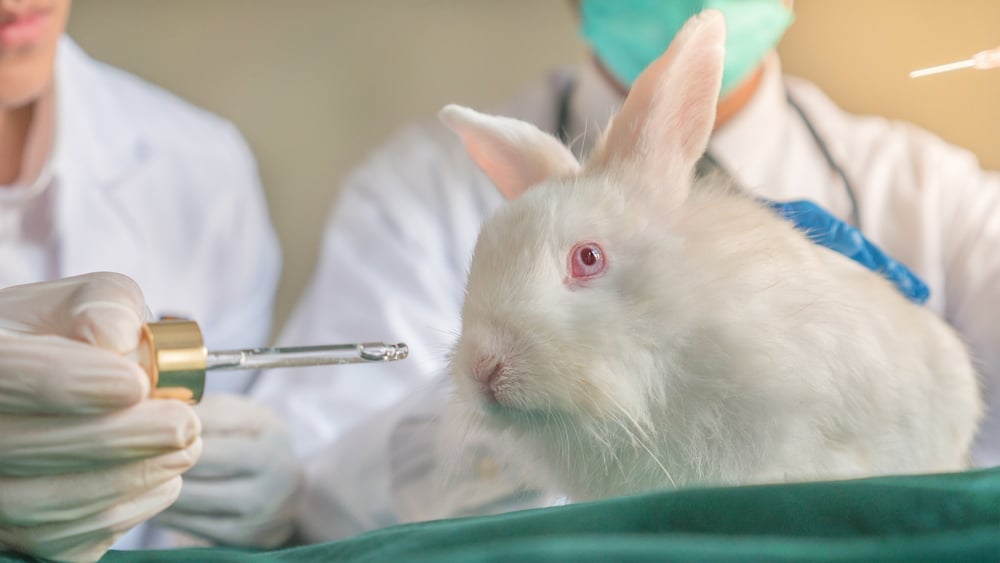
With the advancement in science, more such methods are to be discovered in the near future. Till then if you wish to know Bruno’s age, you could just run your fingers through his fur or look into his eyes!
References (click to expand)
- How Old Is That Lion? A Guide to Aging Animals. National Geographic
- New skin test determines age of wild animals to help control .... The American Chemical Society
- What a Gray Muzzle May Say About Your Dog. The American Council on Science and Health
- Doubleday, Z. A., White, J., Pecl, G. T., & Semmens, J. M. (2011, August 16). Age determination in merobenthic octopuses using stylet increment analysis: assessing future challenges using Macroctopus maorum as a model. ICES Journal of Marine Science. Oxford University Press (OUP).

